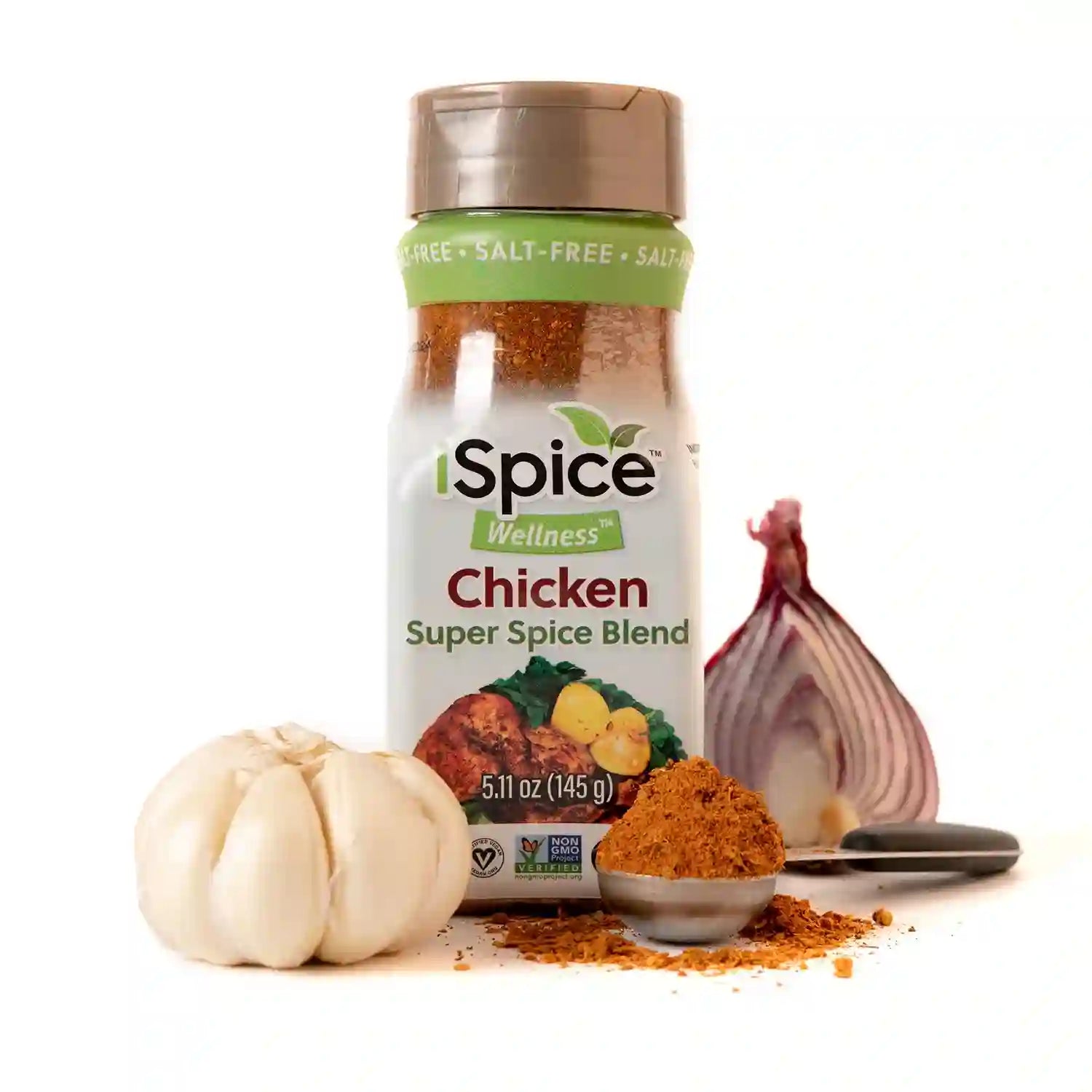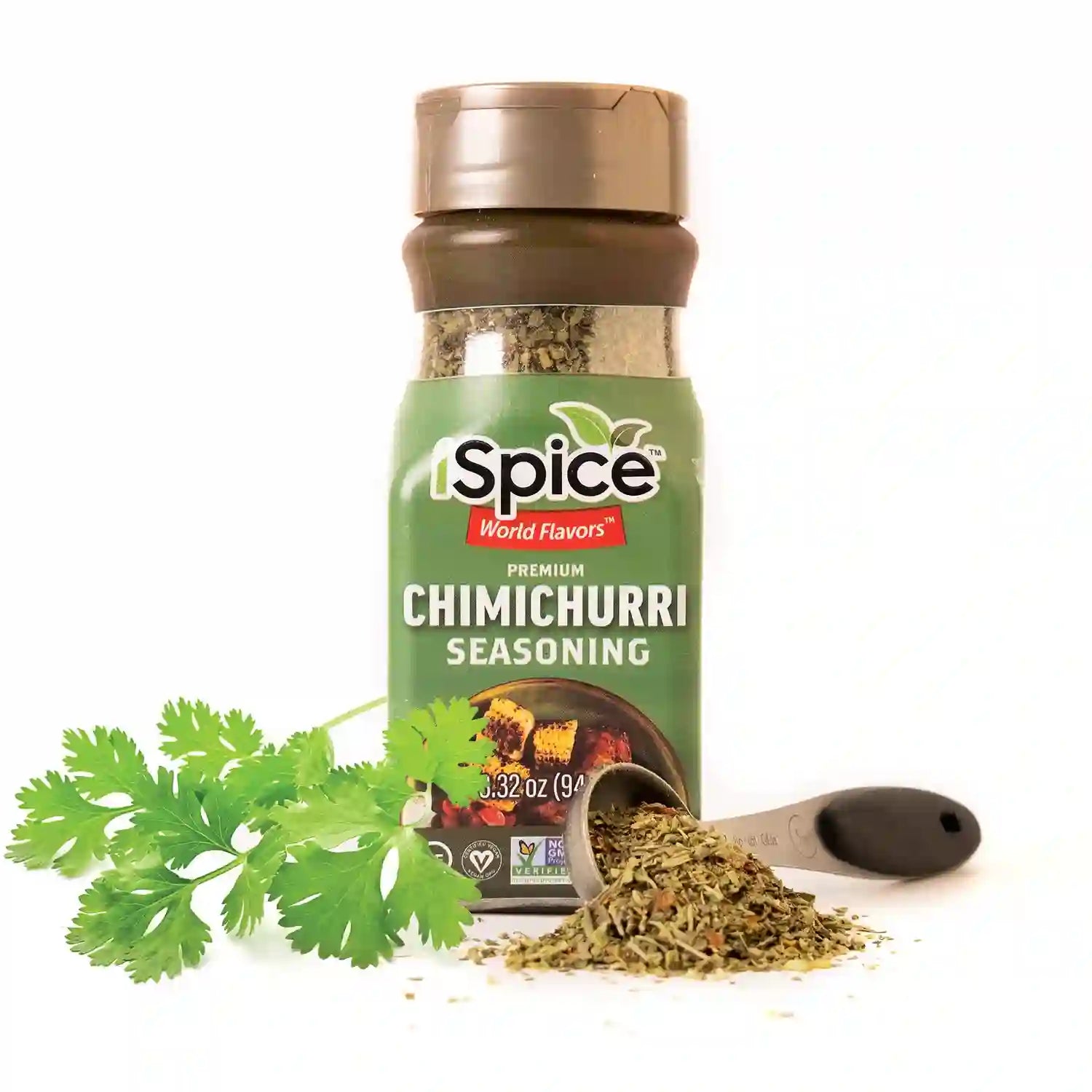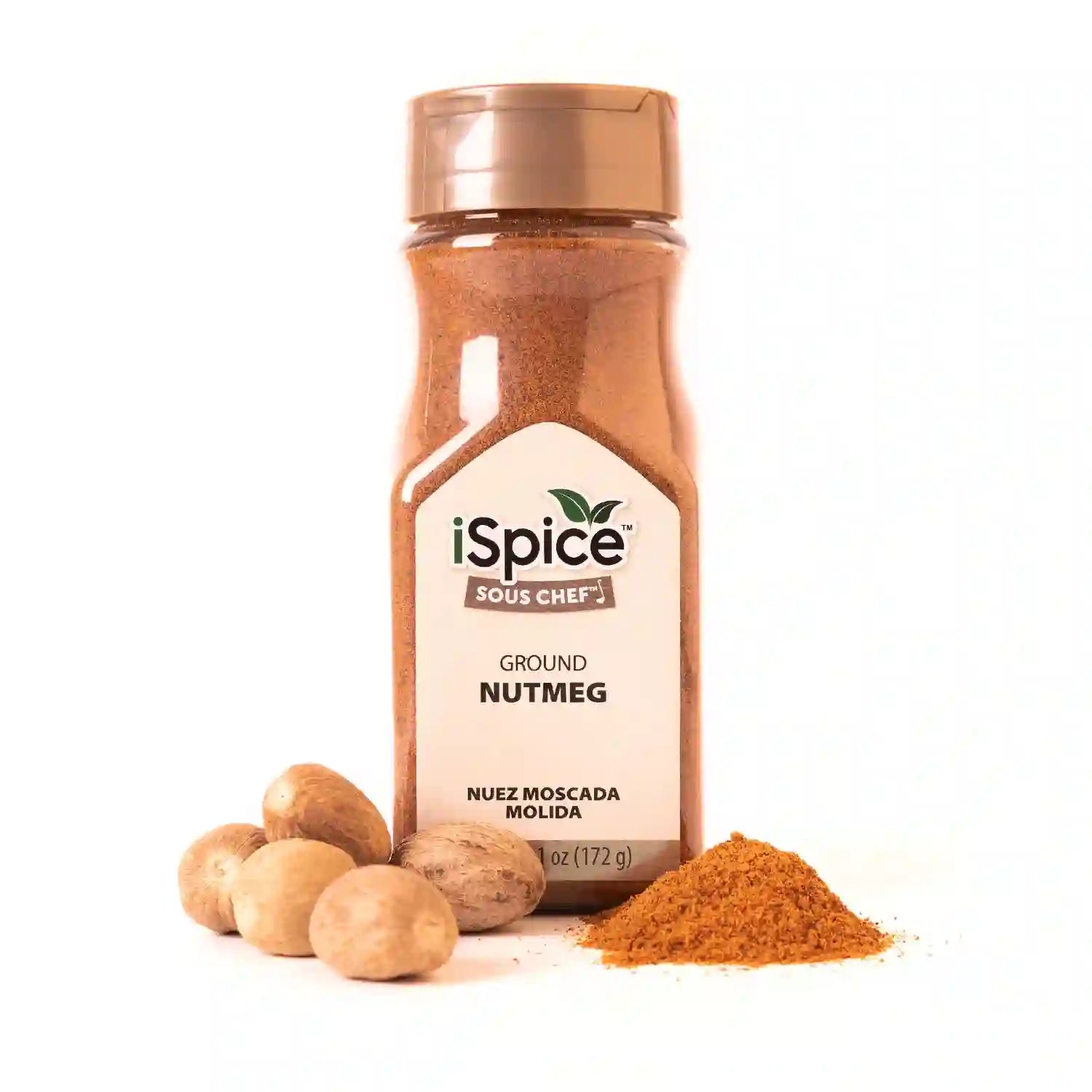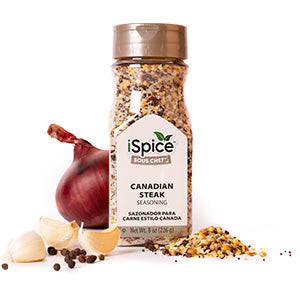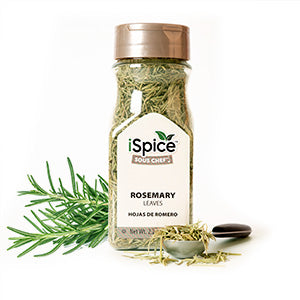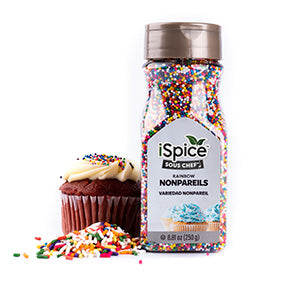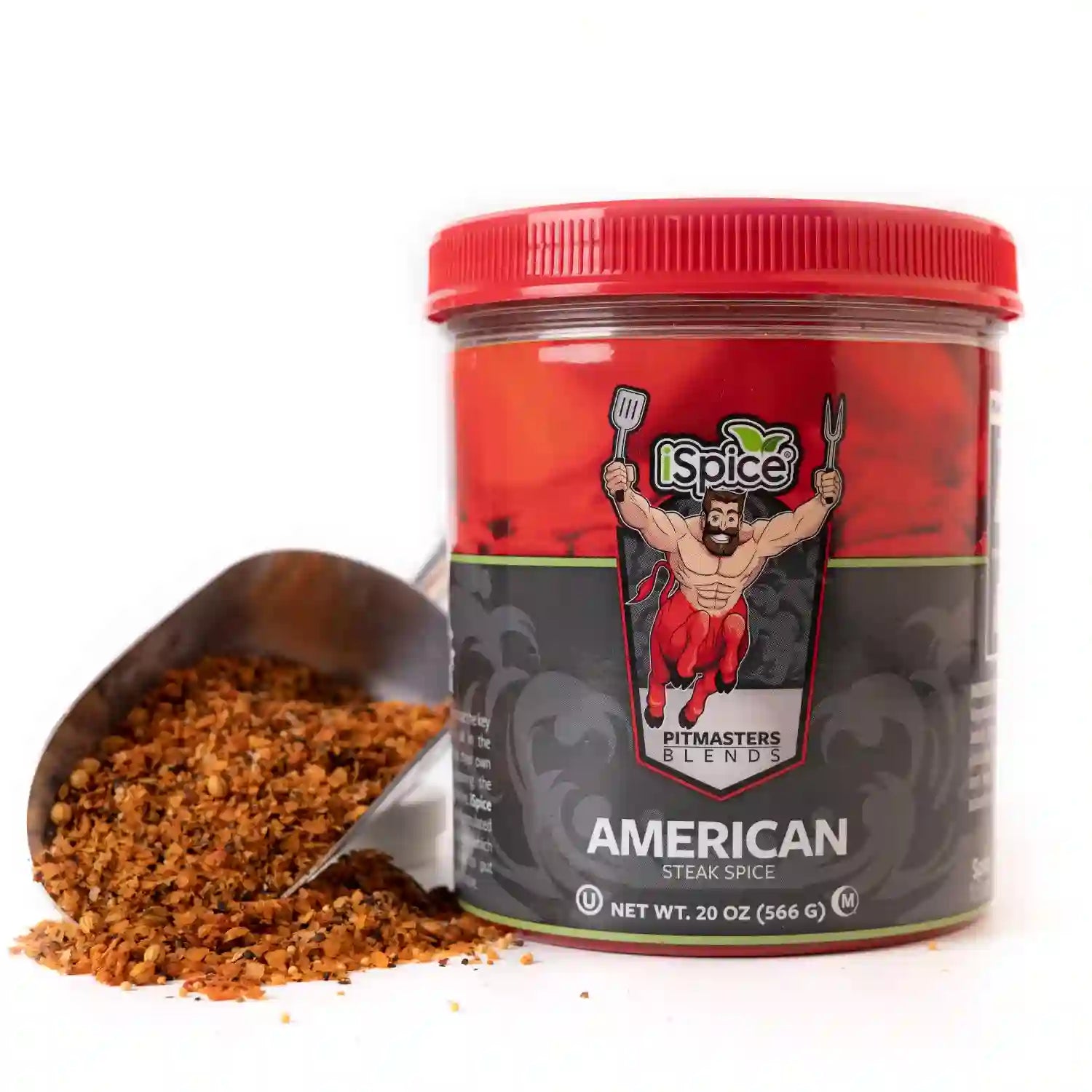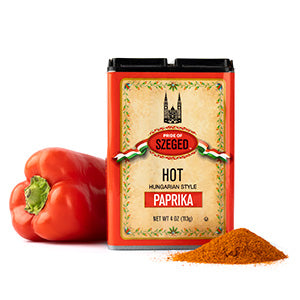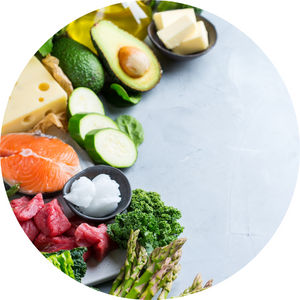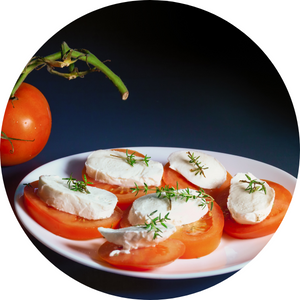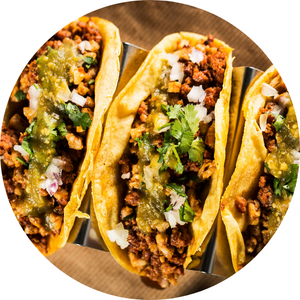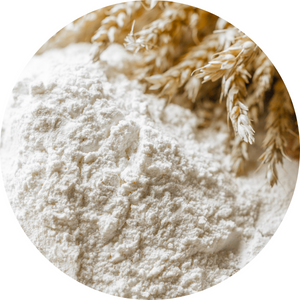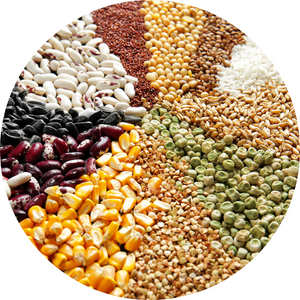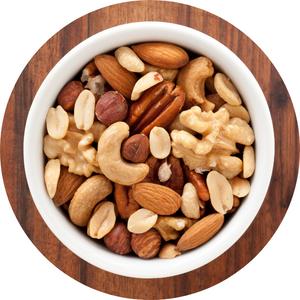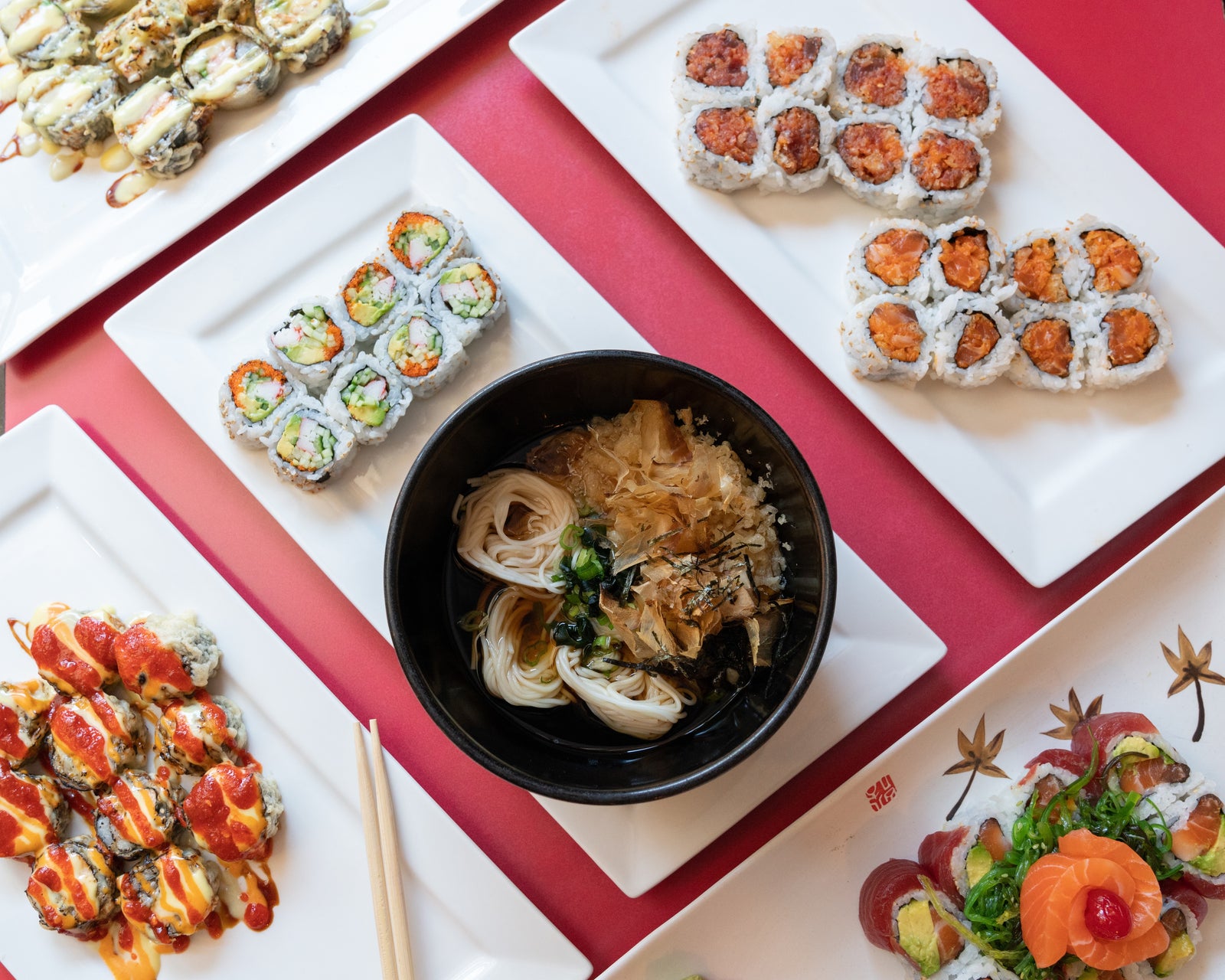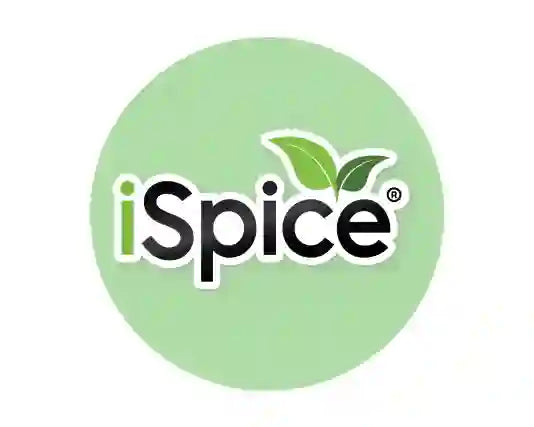
Introduction
Herbs and spices play a crucial role in enhancing the flavors of our dishes. Fenugreek, with its leaves and seeds, is a prime example of a spice that adds depth and character to various cuisines. Let's embark on a journey to uncover the secrets of Fenugreek Leaves and Seeds.
Fenugreek Leaves vs. Seeds
Fenugreek Leaves: The Fragrant Greens
Fenugreek Leaves, also known as Methi in Hindi, are an essential ingredient in Indian and Middle Eastern cuisines. These leaves have a unique aroma and a slightly bitter, earthy flavor. Here's what sets Fenugreek Leaves apart:
- Flavor Profile: Bitter with a hint of earthiness and a distinctive fragrance.
- Culinary Uses: Widely used in Indian dishes, Fenugreek Leaves add depth to curries, soups, and stews. They are also a key ingredient in Methi paratha (fenugreek flatbread) and are often used as a garnish.
Fenugreek Leaves' distinctive aroma and slightly bitter taste contribute to the complexity of many Indian dishes.
Fenugreek Seeds: The Aromatic Spice
Fenugreek Seeds, on the other hand, are small, angular seeds with a powerful aroma and a slightly sweet, nutty flavor. They are used in various forms, including whole seeds, ground, and sprouted. Here's a brief overview of Fenugreek Seeds:
- Flavor Profile: Slightly sweet and nutty with a strong aromatic quality.
- Culinary Uses: Used as a spice in Indian, Middle Eastern, and Mediterranean cuisines. Whole seeds are often toasted to enhance their flavor, and ground seeds are used as a spice blend in curries and spice mixes.
Fenugreek Seeds' intense aroma and nutty sweetness make them a versatile and flavorful addition to many dishes.
Cooking with Fenugreek Leaves and Seeds
Now that we've distinguished between Fenugreek Leaves and Seeds, let's explore how to use them to infuse your dishes with the unique essence of fenugreek:
Fenugreek Leaves: Bitter Elegance
1. Flavorful Curries
Add Fenugreek Leaves to curries and gravies for a bitter undertone that balances the flavors and adds depth.
2. Methi Paratha
Incorporate Fenugreek Leaves into your paratha dough for an aromatic and slightly bitter flatbread that pairs well with yogurt and pickles.
3. Soups and Stews
Enhance the aroma and taste of soups and stews by adding a handful of Fenugreek Leaves during the cooking process.
Fenugreek Seeds: Nutty Spice
1. Spice Blends
Grind Fenugreek Seeds into a spice blend along with other spices to create a flavorful base for curries, spice rubs, and marinades.
2. Toasted Goodness
Toast Fenugreek Seeds in a dry pan to release their nutty aroma and then use them as a garnish for salads, roasted vegetables, or rice dishes.
3. Sprouted Delights
Sprout Fenugreek Seeds and add them to salads or sandwiches for a crunchy texture and a hint of nutty sweetness.
FAQs
Can I substitute Fenugreek Leaves with Fenugreek Seeds or vice versa?
While both Fenugreek Leaves and Seeds offer the distinctive flavor of fenugreek, they have different textures and intensities of flavor. Substituting one for the other may alter the taste and texture of your dish.
Are there any health benefits associated with Fenugreek Leaves and Seeds?
This article does not cover the potential health benefits of Fenugreek Leaves and Seeds.
Can I grow Fenugreek at home?
Yes, Fenugreek is relatively easy to grow at home. You can cultivate both Fenugreek Leaves and Seeds in your garden or even in pots.
What are some famous dishes that feature Fenugreek Leaves or Seeds?
Fenugreek Leaves are prominently featured in Methi paratha and various Indian curries. Fenugreek Seeds are used in spice blends for Indian dishes like curry powder.
Can I use Fenugreek Seeds in baking?
Yes, Fenugreek Seeds can be used in baking, especially in bread and spice cakes, to add a nutty flavor and aroma.
Are there any dishes where both Fenugreek Leaves and Seeds are used together?
Yes, some Indian dishes use both Fenugreek Leaves and Seeds for a layered flavor profile. One common example is Methi Malai Murg, a creamy chicken curry.
Conclusion
Fenugreek Leaves and Seeds, though coming from the same plant, bring their own unique flavors and aromas to the culinary world. Whether you choose the bitter elegance of Fenugreek Leaves or the nutty spice of Fenugreek Seeds, you'll find that both forms of fenugreek add a delightful and distinctive essence to your dishes.
Alert: While spices can have many beneficial properties for health, using them for medical purposes should be done under the guidance and supervision of a healthcare professional or specialist. Some spices may interact with medications or cause adverse reactions in certain individuals, and it is important to use them safely and appropriately. If you are considering using spices for a medical condition, it is important to consult with a healthcare professional before doing so.

